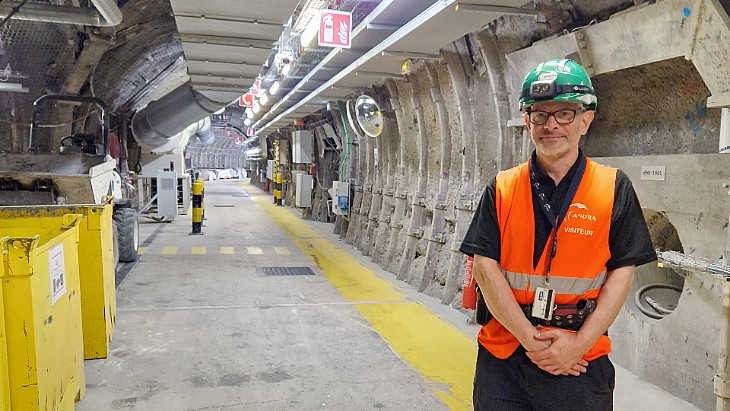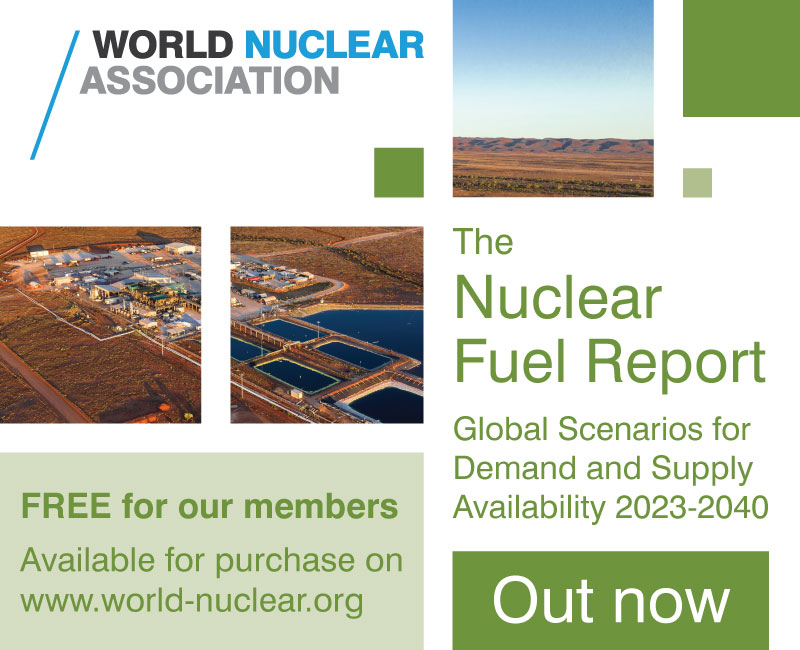US regulators open SMR emergency planning debate
The US Nuclear Regulatory Commission (NRC) is seeking public comment on a draft regulatory basis for new emergency preparedness requirements for small modular reactors (SMRs) and new technologies such as non-light water reactor facilities. A regulatory basis is an early stage in the NRC's rulemaking process.
The NRC's current emergency preparedness regulations are based upon the projected off-site radiation dose in the event of a severe nuclear accident, and were developed based on the large light-water reactors that make up the country's operating nuclear fleet. According to the draft regulatory basis, the current regulations do not adequately address advances in reactor designs, reactor safety research, and their applications to the SMRs and other advanced reactor technologies now being developed. The smaller reactor core size or innovative safety features of such reactors are likely to lead to lower risk or less challenging accident conditions than for large-scale LWRs, the NRC said.
The draft document explains the rationale for developing new regulatory requirements for SMRs and other new technologies (ONTs). As well as explaining why the NRC believes existing regulations should be updated or revised, it also presents alternatives to the rulemaking and discusses costs and other impacts of the potential changes. After the regulatory basis is finalised, NRC staff will develop a proposed rule - which will also be issued for public comment - before developing a final rule.
The NRC plans to develop a "consequence-oriented, performance-based and technology-inclusive" emergency planning rule applicable only to SMRs and ONTs. Existing emergency preparedness for requirements for current LWRs, as well as fuel cycle facilities, research and test reactors and other non-power, non-commercial, facilities are not in the scope of this rulemaking and will remain unchanged.
Current regulations establish two emergency planning zones around a nuclear power plant: a 10-mile (16km) zone, within which action might need to be taken to provide protection from airborne radiation; and a 50-mile (80km) zone in which food and water would need to be monitored for contamination. The proposed rule would enable emergency planning zones for SMRs and ONTs to be scalable to reflect their smaller sizes, lower power densities, lower probability of severe accidents, slower accident progression, and the smaller off-site consequences of any potential accident. The rule also takes into account issues connected with the co-location of SMRs or other reactors at the same site or alongside existing large reactors or other industrial facilities.
Smaller emergency planning zones would result in cost savings for licensees. The NRC has previously said the potential need for a smaller emergency planning zone could be an important factor for reducing regulatory uncertainty both for SMR design certification and for combined construction and operation licence applications.
The NRC received its first SMR siting application - an early site permit for two or more SMR modules of up to 800 MWe at the Clinch River site in Tennesseee - from the Tennessee Valley Authority in May 2016. Earlier this year, the regulator received its first-ever SMR design certification application from NuScale Power.
The NRC has set a deadline of 27 June for the submission of comments on the draft regulatory basis. It has also announced a public discussion meeting, to be held at its Rockville, Maryland, headquarters on 10 May.
Researched and written
by World Nuclear News


_58601.jpg)










